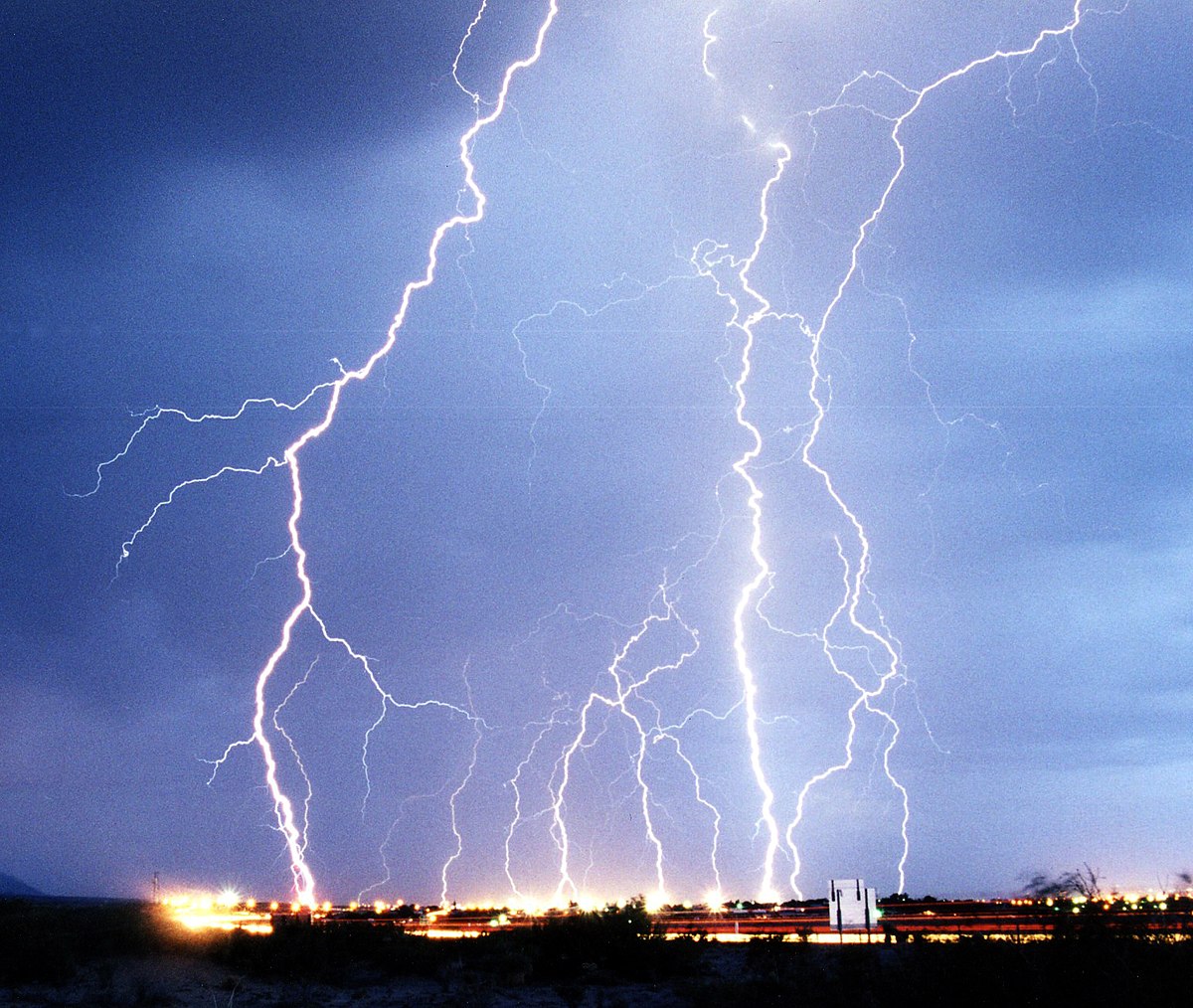Physics – Electricity – Notes For W.B.C.S. Examination.
পদার্থবিদ্যা – বিদ্যুৎ – WBCS পরীক্ষার নোট ।
- If the electric charge flows through a conductor, such as a metallic wire, it is known as the electric current in the conductor.Continue Reading Physics – Electricity – Notes For W.B.C.S. Examination.
- A continuous and closed path of an electric current is known as an electric circuit (as shown in the image given below) −
- In an electric circuit, usually, the direction of electric current (known as positive charges), is considered as opposite to the direction of the flow of electrons, which are considered as negative charges.
- The SI unit of electric charge is coulomb (C).
- Coulomb is equivalent to the charge contained in closely 6 × 1018electrons.
- The electric current is expressed by a unit known as an ampere (A).
- It was named after the French scientist Andre-Marie Ampere.
- One ampere constitutes by the flow of one coulomb of charge per second, i.e., 1 A = 1 C/1 s.
- The instrument that measures electric current in a circuit is known as ammeter.
- The electric current flows in the circuit starting from the positive terminal to the negative terminal of the cell through the bulb and ammeter.
Electric Potential and Potential Difference
- The electrons of a conductor move only if there is a difference of electric pressure, known as the potential difference.
- The chemical action within a cell produces the potential difference across the terminals of the cell. Further, when this cell is linked to a conducting circuit element, the potential difference sets the charges in motion (in the conductor) and generates an electric current.
- Alessandro Volta (1745–1827), an Italian physicist, first noticed the electric potential difference; therefore, the SI unit of electric potential difference is given volt (V).
- The instrument that measures the potential difference is known as the voltmeter.
Circuit Diagram
- Some defined symbols are used to illustrate the most commonly used electrical components in circuit diagrams.
- The following table describes some of the symbols commonly used to define the electric components −
| Components | Symbols |
|---|---|
| An electric cell |  |
| A battery or combination of cells |  |
| Plug key or switch (Open) |  |
| Plug key or switch (closed) |  |
| A wire joint |  |
| Wires crossing without joining |  |
| Electric bulb |  |
| A resistor of resistance R |  |
| Variable resistance or rheostat |  |
| Ammeter |  |
| Voltmeter |  |
Ohm’s Law
- A German physicist, Georg Simon Ohm in 1827, stated that “The electric current flowing through a metallic wire is directly proportional to the potential difference (V), across its ends provided its temperature remains the same.”
Electric Power
- The rate at which electric energy is dissipated or consumed in an electric circuit is known as electric power.
- The SI unit of electric power is watt (W).
Our own publications are available at our webstore (click here).
For Guidance of WBCS (Exe.) Etc. Preliminary , Main Exam and Interview, Study Mat, Mock Test, Guided by WBCS Gr A Officers , Online and Classroom, Call 9674493673, or mail us at – mailus@wbcsmadeeasy.in
Visit our you tube channel WBCSMadeEasy™ You tube Channel
Please subscribe here to get all future updates on this post/page/category/website



 +919674493673
+919674493673  mailus@wbcsmadeeasy.in
mailus@wbcsmadeeasy.in






































































































